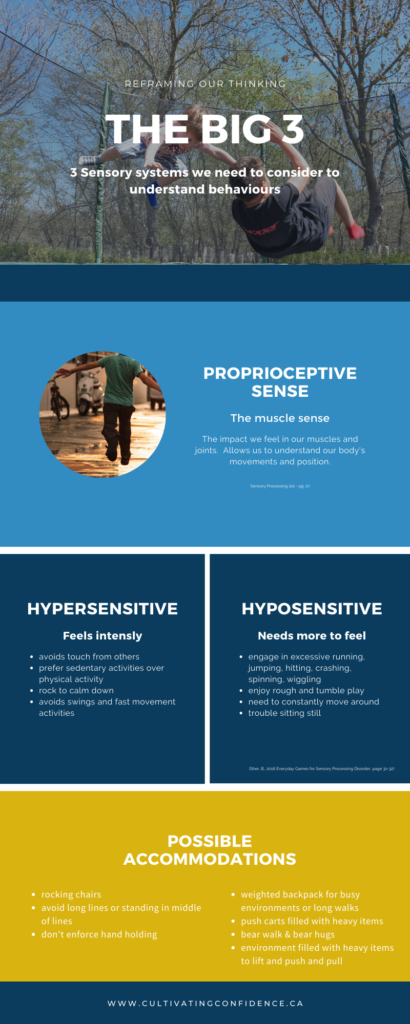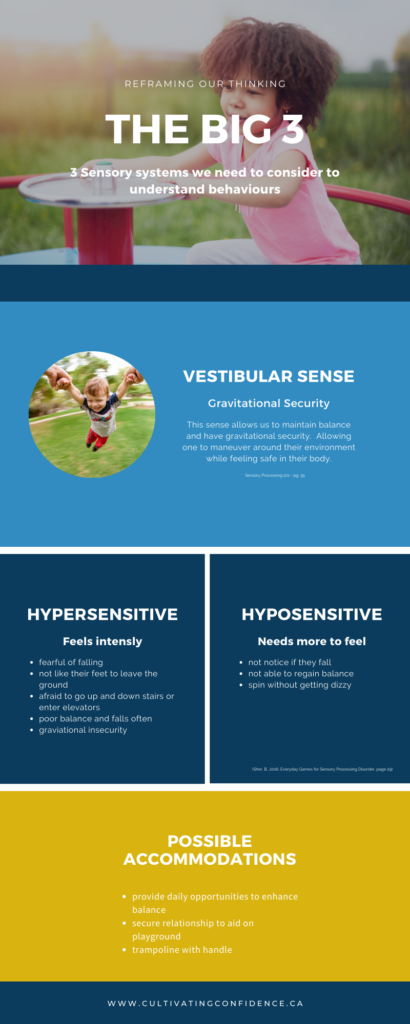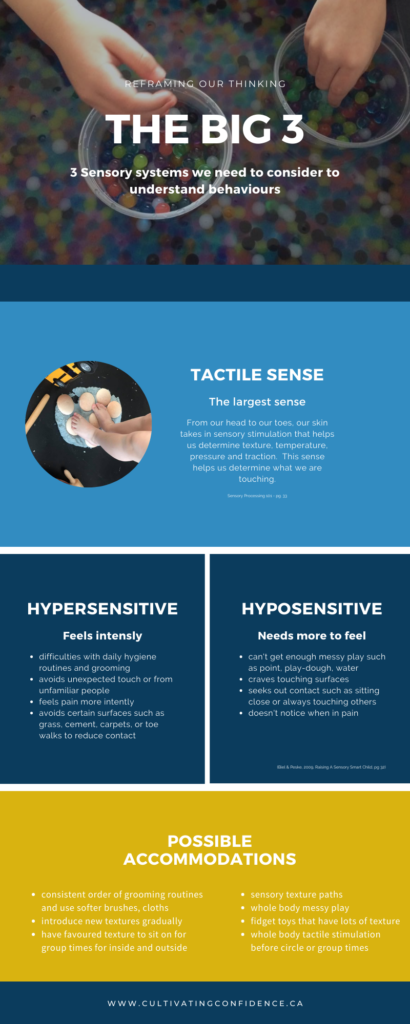CLOSE
inspiring you is my passion
REGGIO INSPIRED PRACTICE GUIDE
CONTACT VERONICA
LOOSE PARTS PLAY GUIDE
FREE RESOURCES
PROFESSIONAL TRAINING
FOR ECE'S
FOR TEAMS
from my perspective
this way to the blog!
TOOLKIT
Documentation
Templates
WORKSHOPS
CUSTOM TEAM BUNDLE
FREE TRAINING - POSSIBILITIES OF LOOSE PARTS
shop
CLOSE
inspiring you is my passion
EDUCATOR LIBRARY
CONTACT VERONICA
FREE LOOSE PARTS GUIDE
RESOURCES
PROFESSIONAL TRAINING
FOR ECE'S
FOR TEAMS
TOOLKIT
Documentation
Templates
WORKSHOPS
DIGITAL PD LIBRARY
LIVE WORKSHOPS
FULL DAY PD
FREE TRAINING - POSSIBILITIES OF LOOSE PARTS
New!!!
shop

inspiring & practical ideas
GET STARTED WITH
loose parts play
FREE DOWNLOAD
This guide is loaded with ideas, inventory lists, and resources to support you in conveying the learning that is happening while children play!
I only want creativity filling your inbox, so you'll see inspiration and support dropping in...but not too much!
We respect your privacy. Unsubscribe at any time.
If you’ve ever wondered how sensory processing and behaviour are connected in early childhood, you’re not alone. If you’re like most Early Childhood Educators, you’re probably overwhelmed by the complexities of behaviours and I want to introduce a new perspective, one about sensory processing and behaviour.
That’s why I created The Behaviour Decoder—a free guide that helps you reflect on common behaviours like hitting, biting, and throwing through a practical 4-lens framework. You can download it here and use it alongside this post.
If you’re a visual learner, today is your lucky day!
The infographics below break down the three most crucial senses that impact behaviour as Dr. Carol Kranowitz calls them the Big 3—tactile, proprioceptive, and vestibular—so you can better understand and support the children in your care.
Why Sensory Processing and Behaviour Are Deeply Connected
Most people think there are only 5 senses, when in fact there are an additional 3 senses that can help with understanding behaviours.
Have you ever considered the connections between our sensory systems and how behaviours communicate needs?
Our sensory systems develop as a child learns and grows and is naturally done through play.
These infographics bring the concept of sensory processing to life in an easy-to-understand way, focusing on how the tactile, proprioceptive, and vestibular senses directly impact children’s behaviour.
If you take a closer look at the tactile sense section of the infographic, you’ll see how important it is for children to feel comfortable with touch to regulate their emotions and actions. A child who seems overly sensitive to textures may struggle with certain activities, leading to behaviours that can be challenging to know what to do.
One thing that really stands out is how the proprioceptive sense—which helps children understand their body’s position in space—can be calmed through activities like jumping or pushing. Fascinating, right? Understanding this could inspire you to incorporate more proprioceptive activities into your daily routine to help children self-regulate.
Finally, the vestibular sense is crucial for balance and spatial orientation. When a child spins, swings, or rocks, they’re often seeking vestibular input to feel more centered and secure. Recognizing these behaviours as sensory needs rather than disruptions can transform your approach to managing them.
The Tactile Sense: How It Affects Behaviour

Understanding the tactile sense is crucial for managing behaviour in young children. This sense refers to how children experience touch, and it can significantly impact their comfort levels and emotional responses.
Signs of Tactile Sensitivity in Children
Children with tactile sensitivities might react strongly to certain textures, leading to behaviours that engage a seeking or avoiding response. For example, my little guy would always be scratching different items as he was seeking out the different textures.
How to Support the Tactile Sense in Your Classroom
Incorporate a variety of textures in your classroom, such as soft fabrics, smooth surfaces, and textured toys, to help children explore and regulate their tactile needs. One very economical idea is a sensory path with using towels, tin foil and old dvd’s taped to the floor for exploration.
This was the first sense I learned about that started my journey to discovering connections between sensory processing and behaviour, which you can read about in the blog, Our Sensory Journey.
The Proprioceptive Sense: Understanding Its Role in Self-Regulation
The proprioceptive sense helps children understand where their bodies are in space. This sense is key to self-regulation and is often engaged through activities that involve muscle and joint movement, otherwise known as heavy work.

Recognizing Proprioceptive-Seeking Behaviours
Children who are proprioceptive seekers may frequently engage in behaviours like jumping, pushing, or carrying heavy objects to satisfy their need for sensory input. For example, my little guy would run back and forth in a line and crashing into a wall during pick-up time. He was getting impact in his joints which was helping him cope during a busy transition.
Incorporating Proprioceptive Activities in Daily Routines
Simple activities like obstacle courses, heavy work tasks, or tight hugs/squeezes can help children feel more centered and calm. Don’t forget about all the wonderful sensory stimulation that is provided with loose parts variables and the dynamic aspect they bring for children. So this means that filling up boxes or carts with rocks and tree cookies helps children engage in heavy work…ultimately helping with self-regulation.
The Vestibular Sense: Why It Matters in Early Childhood

The vestibular sense is responsible for balance and spatial orientation, and it’s vital for helping children feel secure and grounded.
Common Vestibular Needs in Early Childhood
Some children may seek vestibular input through spinning, swinging, or rocking, which helps them maintain equilibrium and emotional stability. If a child is avoiding actions in this sense, they might be more sedentary or avoid specific play. For example, my little guy didn’t like going upside-down and doesn’t much too this day.
Creating a Vestibular-Friendly Environment
Consider adding swings, balance beams, or rocking chairs to your learning environment to support children’s vestibular needs effectively. We liked to use tape on the floor or wooden planks as a balance beam. Scooters and wobble boards also help to engage the vestibular sense.



My 3 Favourite Insights From These Infographics
The biggest takeaway for me is how interconnected these senses are with a child’s ability to manage their emotions and behaviours. Understanding this connection between sensory processing and behaviour allows us to create more supportive environments.
No other learning can happen unless a child is regulated. This means that feeling safe and comfortable in their bodies will be different for each child.
- Tactile Sense: Don’t overlook the impact of touch on behaviour. Something as simple as offering a variety of textures in the classroom can make a big difference.
- Proprioceptive Sense: This sense is easily misunderstood, but it’s key to helping children feel grounded. Activities that engage muscles and joints can be very calming.
- Vestibular Sense: Never skip opportunities for movement. Swings, balance beams, and rocking chairs aren’t just fun—they’re essential for some children to feel stable and focused.
Whenever I learn something about sensory processing, I always think about how it applies to my practice. For instance, when I noticed my son constantly seeking out movement, I realized that providing him with more vestibular input was crucial for his emotional well-being.
Why Sensory Processing is Key to Understanding Behaviour
Understanding these three senses isn’t just about managing behaviours—it’s about creating an environment where all children can thrive. By tuning into their sensory needs, you can reduce frustration (both theirs and yours) and create a more harmonious classroom.
For example, a fellow educator found that by incorporating more sensory-friendly activities into her day, she was able to reduce the number of behavioural incidents significantly. This not only made her job easier but also created a more positive learning experience for the children.

Online Workshop for Early Childhood Educators
Are you looking for more tips on understanding and supporting sensory needs in your classroom? Join my upcoming online workshop, “Supporting Sensory Needs,” on June 23 + 25, 2024. You’ll dive deep into these concepts and learn practical strategies that you can implement right away. Registration will open soon!
Quick Recap
Through these infographics, I hope you’ve learned how the tactile, proprioceptive, and vestibular senses play a crucial role in understanding behaviours. Most surprisingly, simple adjustments to your environment can make a big difference in helping children feel more regulated.
To understand sensory processing and behaviours with a new perspective, consider reflecting on these aspects:
- Behaviours have a deeply rooted connection to our developing sensory systems
- These developing sensory systems effect a child’s ability to self-regulate
- Providing a learning environment that is conducive to meeting their sensory needs
As many of you know this is a very personal passion of mine to educate others on sensory processing.
Our son has many sensory sensitivities and I completely struggled with knowing what the heck to do.
Expanding my knowledge on sensory processing and behaviour helped me understand our son and create an inclusive learning environment for all the children to thrive in.
Here at Cultivating Confidence, we’re committed to helping Early Childhood Educators create supportive, sensory-friendly environments.
Want more insights on how to create a sensory-friendly classroom? Check out my blog on “Creating Sensory Nooks & Quiet Spaces”.
✅ Want a deeper dive into all 8 senses and how to create a truly sensory-friendly environment? Join me in the Supporting Sensory Needs Workshop—you’ll walk away with a personalized sensory accommodation plan and tons of simple strategies. Next LIVE session is June 23 + 25, 2025 – registration opens soon!
🖇 Prefer to start with small steps? Download The Behaviour Decoder for free and use it as your guide to reflect on behaviours you’re observing this week.
LINKS MENTIONED
Supporting Sensory Needs – Online Workshop where I walk you through our 8 senses and what the behaviours might be communicating, I share our sensory journey and provide lots of ways to make accommodations in your environments to support the child.
Lives in the Balance – Find lots of great resources from Dr. Ross Greene to take new perspectives on behaviours and plans to help support the child.
www.livesinthebalance.org
Hey there!
I'M VERONICA
I am an Early Childhood Consultant and very passionate about supporting and inspiring my fellow Educators. I will share my reflections and experiences about implementing my philosophy, views, and ideas into my practice.
COFFEE & BOOK LOVER
find more on
stay connected
Sensory Processing and Behaviour: 3 Key Senses That Help You Make Sense of It
Leave a Reply Cancel reply
ENDLESS POSSIBILITIES OF
loose parts play
ON-DEMAND FREE TRAINING
Unlock the possibilities to simplify your planning, become proactive with behaviours & enjoy your role again! I'll guide you to find the beauty in loose parts play.
DISCOVER THE POSSIBILITIES!
I'M VERONICA.
EARLY YEARS CONSULTANT
Here to help you simplify planning, understand behaviours & build strong relationships...all with the magic of loose parts!
ENGAGE YOUR CURIOSITY
MY EARLY YEARS JOURNEY
THE MODERN EDUCATOR TOOLKIT
WORKSHOP (LIVE & REPLAYS)
CUSTOM TEAM PD BUNDLE
POSSIBILITIES OF LOOSE PARTS TRAINING
CONTACT
get your
guide!
Wanna know how to GET STARTED with these magical materials?
find out right here!
back to top
WEEKLY EMAIL
join the
let's stay connected...
Only inspiration & support will drop in your inbox. Unsubscribe at anytime.
CLOSE
I'M VERONICA.
Here to help you simplify planning, understand behaviours & build strong relationships...with the magic of loose parts!
VERONICA
POSTED BY:
also known as Ronnie!
SPECIAL NEEDS MOMMA &
EARLY CHILDHOOD CONSULTANT
Inspiring and mentoring my fellow educators how to use loose parts to enhance all aspects of their practice. I share my dual roles of educator & momma and how our autistic son has shown me so many new perspectives.
read about my early years journey